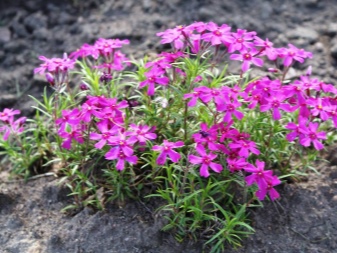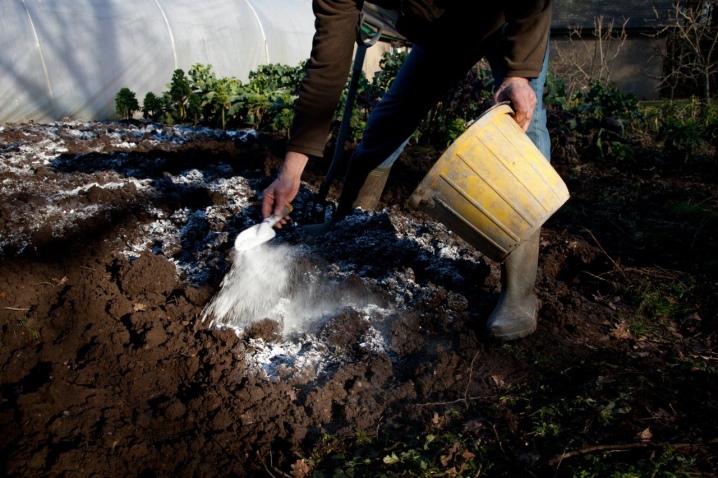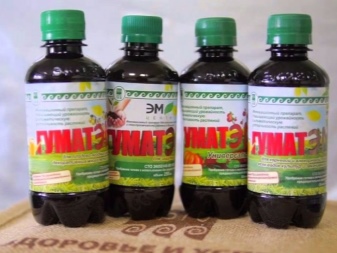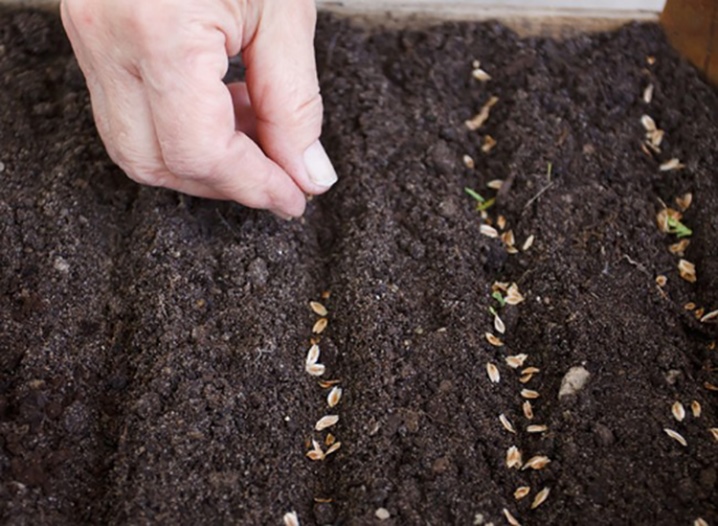Phlox subulate: description, varieties, planting and care

Each owner of a garden plot at least once in his life faced the issue of decorating fields or flower beds. For this purpose, you can use all sorts of decorative techniques, sow an artificial turf. But small flowers that can cover an entire meadow with a dense carpet will look much more interesting. In the article we will talk about subulate phlox.



Peculiarities
Subulate phlox is an interesting plant. In the scientific world, the Latin name Phlox is often used. Today, there are about 90 varieties, each of which differs in the description of the appearance, structure and individual characteristics. The plant got its name "subulate" because of the unusual shape of the leaf plates. Their visual resemblance to an awl is noticeable.
Designers often use subulate phlox to decorate garden plots. And this is not surprising, miniature bushes can be planted along the edges of the front garden, decorate flower beds with them and even decorate a greenhouse. As for the color scheme, it can be varied. You can find snow-white, blue, pinkish, fiery flowers. There are phloxes of a two-color color; they are usually chosen for decorating small areas of front gardens.



Phlox subulate belongs to perennial bushes. Its flowering period falls on the warm season, namely May-July. Re-flowering begins in August, with a maximum in September. When phlox subulate reaches the peak of its flowering, it becomes impossible to see the stems and leaves among the blossoming flowers. And with the arrival of cold weather, the bushes do not fade, the stems still remain green. So phlox hibernate under a snow-covered blanket.
For 4 years, the subulate phlox will delight the owners of the garden with colorful flowering. After 5 years, it is necessary to renew the flowering carpet.
Although phlox is classified as a perennial plant, without renewal, the bushes will turn into lifeless weeds with weakened immunity.



Varietal variety
Breeders are in constant work on the study and breeding of phlox. Thanks to the efforts of specialists, this plant has received a wide variety. Each gardener can plant the specimen he likes in his front garden.
- Bayern Munich. The most demanded variety. Differs in a rich palette of colors. Stripes of lavender are visible on the white petals. Bavaria blooms twice a year, in June and August. The height of this plant reaches 15 cm.

- Scarlett Flame. The flower diameter of the represented plant is 25 mm. Has a dark pink petal color. "Scarlet Flame" reaches a height of 20 cm. It blooms twice a year - at the beginning of the summer and autumn seasons.

- Candy Stripes. A distinctive feature of the presented phlox is the color of the petals. Their color is white, there is a pink stripe on the petals. The maximum growth of the bush is 10 cm.

- White Delight. White Delight white phlox conquers the hearts of gardeners. You can decorate flower beds with such flowers, complement the design of alpine slides and even make a decorative border. This plant lends itself to growing both outdoors and indoors. The maximum growth of bushes reaches 15 cm. Phlox "White Delight" blooms in the first days of summer and autumn.


- "Myshnee". The white petals of the represented plant resemble a snowy meadow. The diameter of each flower reaches 15 mm, the height of the bushes does not exceed 10 cm.
This type of phlox is especially beautiful, which is why most gardeners like it so much.

- "Purple Beauty". The spectacular appearance of the plant lies in the bright color of the petals. Purple Beauty is growing very quickly. During flowering, a dense carpet is formed, which, with a light breath of wind, resembles small waves on the water.


- Benita. The presented shrub is able to decorate flower beds with a dense layer of flowers. And a few years after planting the Benita phlox, even a small front garden can turn into a real meadow of lavender shade.

- "Kimono". These are evergreen bushes, the height of which reaches 17 cm. The variety boasts a growth rate and density during flowering.

- Atropurpurea. Charming bushes 15 cm high with delicately crimson flowers.


- Red Wings. Another varietal variety of perennial phlox with dark crimson petals. In the central part of the flowers there is an image of a purple eye.


- Milstream Daphne. The beauty and sophistication of the presented phlox lies in the delicate pink color of the petals.
The distinctive mark of Milstream Daphne is the gracefully spreading stars in the center of the unfolding flowers.

Site selection and soil preparation
Phlox is an unpretentious plant, while it has certain characteristics. For example, it has a weak root system. Planting them near flowers with powerful roots is not recommended. It is extremely difficult for phlox to survive in such conditions. When choosing a planting site, you should consider the sunny sides of the front garden, but the shaded side of the yard will also work. Do not forget about creating favorable conditions for the growth and development of phlox.
When planting phlox, it is important to take into account the characteristics of plants that previously grew in the selected area. The remains of harmful and useful elements, even after digging up the soil, can affect young phloxes. It would be nice if the predecessors were calendula or perennial herbs.
You should be extremely careful if strawberries grew in the chosen place. It is highly likely that the soil contains nematodes that can infect phlox stems.


The gardener does not need to worry about sudden changes in temperature. Phlox subulate very easily cope with heat, coolness and frost. And even during flowering, cold nights will not affect the decorative features of this plant. Only with the onset of the winter period, phloxes need to be covered. But as soon as the air temperature starts to rise, the insulation is removed. Otherwise, phloxes will rot, and it will not work to rehabilitate the bushes. The same goes for humidity.
Many gardeners, when choosing a suitable place for planting, have questions about the soil composition. Phlox subulate grow freely in any land, although the most suitable are sandstones with a sufficient amount of substrate. It is important that the substrate is dry and has a high level of aeration properties. When analyzing soil for pH, the result should be neutral. If there is a high level of acidity, it means that there are no microelements important for the growth of phlox in the ground. An alkaline environment will not be able to saturate the plant with useful trace elements. Lime will help to catch the balance in the composition of the soil. The dosage is calculated relative to the selected soil composition, where the average ranges from 200-400 g / m2.

How to plant?
Ideally, the depth of the grooves for planting seedlings should be 15 cm. The reason for this is the development of the plant's root system in the upper layer of the soil. During planting, the gardener must be guided by certain knowledge.For example, phlox grows in small bushes with a diameter of 30 cm. Just such a gap should be between the seeds.
By itself the planting process takes place in several steps... Initially, the gardener digs up the selected area. It is best to dig up the soil in the autumn, in the spring it will be enough to slightly loosen the prepared soil. It is important to remove the roots of other plants from the soil, especially weeds. The remaining weed will certainly grow, and it will be very difficult to remove it in the dense thickets of phlox. Young seedlings are transferred to open ground at a distance of 25-30 cm from each other. In this case, the irrigation holes do not have to be made large.

How to take care of it properly?
A subulate phlox does not require special care. The main thing is that the planting site is large, the soil composition does not have heavy impurities, weeding is carried out in a timely manner, and fertilizers are applied if necessary.
Weeding in the case of subulate phlox is carried out as the weeds grow. Watering is needed only after the topsoil has dried. With the arrival of cold weather, the plants take cover.



Watering
For 2 weeks after the transplant, the phlox needs to get regular drinks. It is enough to water the seedlings once every 3 days. After a specified period of time, the gardener should observe the behavior of the plants and water only when the flowers begin to close.
In no case should you overdo it with filling the soil with liquid. Otherwise, the root system of plants will start to rot.
The lack of irrigation water will not allow the phlox bushes to grow to the required height, and the flowering process according to the calendar will shift back. The buds themselves will be small, which will certainly affect the decorative features of the awl-shaped bushes. In the hot season, about 20 liters of water per 1 m2 of soil is spent for irrigation. With the arrival of autumn coolness and rains, watering stops. The top of the phlox stems are carefully trimmed off.


Top dressing
The growth rate and increased flowering of phlox occurs due to the introduction of humus. The main thing is not to overdo it with feeding, otherwise the plants will become lethargic. Routine fertilization is carried out at certain phlox life cycles.
- When tying buds, it is important to fertilize the bushes with potassium-phosphorus additives.
- As a support for immunity, at the end of the flowering stage, mineral fertilizing is applied.
- Feeding with humate will help to recover from hibernation.


Ash solution is widespread among the owners of garden plants. This fertilizer is used to get rid of phlox from pests. It contains micro and macro elements that are important for maintaining the health and proper development of the bushes. In addition, the ash solution is used in all seasons. And there are no difficulties in preparing a medicinal mixture.
350 g of ash are poured into a saucepan, 2 liters of water are poured on top. After that, the liquid with ash is put on fire until it boils. As soon as boiling bubbles have formed on the surface of the water, it is necessary to measure 10 minutes. After the specified time has elapsed, remove the pan from the heat and set aside until it cools completely. The last step in preparing the solution will be to dilute the cooled mixture with 10 liters of water.

Excessive overuse of fertilizers is fraught with an increase in green growth and a decrease in inflorescences. To prevent this, you should be guided by a specially developed monthly feeding scheme:
- the last days of May - a composition of 10 liters of water and 25 g of liquid manure is introduced;
- the first days of June - a solution similar to May with the addition of superphosphate;
- first days of July - liquid manure without additional compound;
- the last days of July - the introduction of a potassium-phosphorus supplement.
Fertilizing subulate phlox is best in the evening, when the bright rays of the sun begin to hide behind the horizon.


Pruning
The pruning procedure is carried out no more than 2 times a year so that the growing plants have the same height. The first trimming is done at the beginning of spring, the second in the last summer days. It is not recommended to touch phlox subulate in autumn. At this time, buds are laid, which the gardener may accidentally cut off. Then next year these areas will be bald.
It is recommended to prune phlox after flowering periods.

Loosening and mulching
Autumn mulching will allow the gardener to do without summer feeding. In this case, the plant will develop and grow well. When loosening the soil, homemade fertilizer from humus or wood ash can be applied to the soil.


Transfer
It is not necessary to transplant phlox, and yet gardeners need to transfer these bushes. The reasons may be the decoration of another part of the garden, or a strong overgrowth of bushes.
If such nuances have not arisen, you will only need to rejuvenate the flowering carpet in a timely manner. This is done no more than once every 5 years.

Preparing for winter
An important characteristic of the subulate phlox is frost resistance. There is no need to dig out the bushes for the winter, it is enough to cover the plant with insulation. In the northern regions, where the frosts are much stronger, it is necessary to cover the ground with spruce paws. Dry foliage and old rags will not work in this case.

Reproduction methods
Increasing the subulate phlox population is quite simple. Anyone, even a novice gardener, will be able to cope with this task. The main thing is to choose the most convenient breeding method.
- Division of bushes. The simplest and most common method to increase the number of phlox. It is enough to dig up a healthy overgrown bush and carefully divide it into several parts. It is important that a piece of root is detached with each shoot. Then the separated parts can be planted. This breeding method is best used in the spring.

- Cutting method. In the form of planting material, you can use randomly or specially split off branches. The cuttings are planted in the prepared groove until a new root system is formed.


- Pinning method. The shoots from the parent bushes are tightly pressed against the ground and fixed with special devices. After some time, young buds appear on them. Then the rooted shoots can be separated from the mother base.

- Seed method. This option allows you to propagate phlox without the use of special knowledge. In the fall, phlox seeds are planted in open ground. Already in the spring, seedlings appear, which can be pinched with the appearance of 2 leaves on the stems.

Diseases and pests
Powdery mildew and caterpillars cause great problems for the styloid phlox. To combat them, you can use purchased medicinal formulations or make the medicine yourself. The main thing is to correctly identify the disease and prevent its spread in a timely manner.
For example, powdery mildew is a whitish bloom that occurs on the stems and leaves of the bush... A mixture of crushed laundry soap and water will help eliminate the disease. The affected flower and bushes growing nearby are carefully sprayed with a soapy composition. The main symptoms of a caterpillar attack are twisted leaves, over which a brown coating is visible. It is better to use Topaz as a medicine.


Variegation is a viral disease. The main symptom is unnatural stripes on the flower petals. To prevent the disease from spreading to other plants, diseased bushes must be destroyed. The appearance of rust can be identified by several bushes growing nearby. The main symptom is a change in the light color of plants to a dark one. For treatment, you will need to remove the affected leaves and flowers. The remaining parts of the bush should be sprayed with a solution of copper sulfate.

Use in landscape design
Subulate phlox is a plant of extraordinary beauty. The peculiarity of growth and its external data will allow landscape designers to make interesting compositions. Quite often, phloxes decorate the foot of the alpine hills. Spreading phlox curbs along garden paths look very elegant.


Phlox subulate will successfully fit into any place of the garden plot. It can be placed on flower beds at the entrance to the front garden or in flowerpots. Designers only have to correctly arrange the fit. Phloxes next to snapdragons or bells will look quite colorful.


For more information on this phlox, see the next video.







































































































The comment was sent successfully.